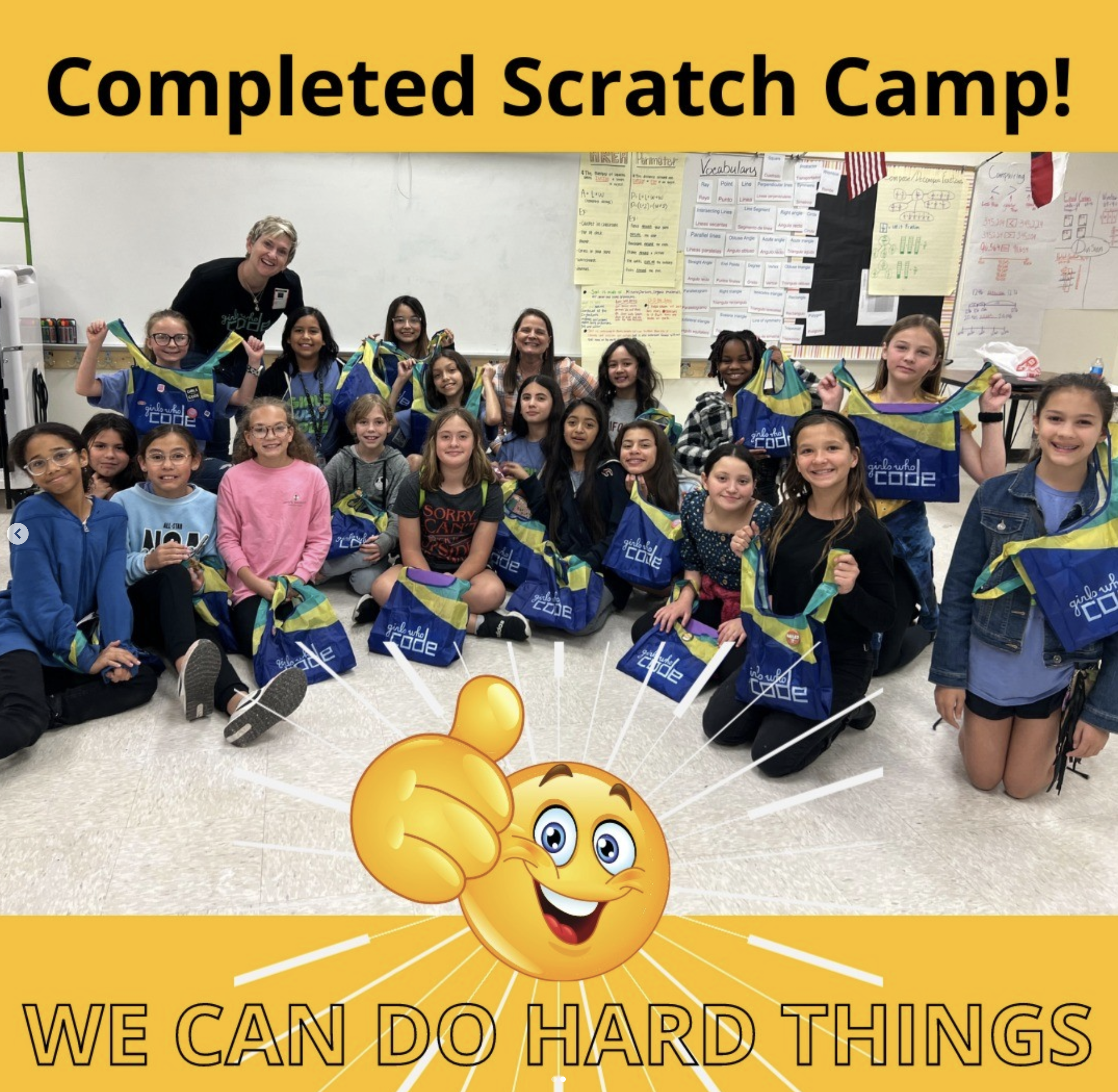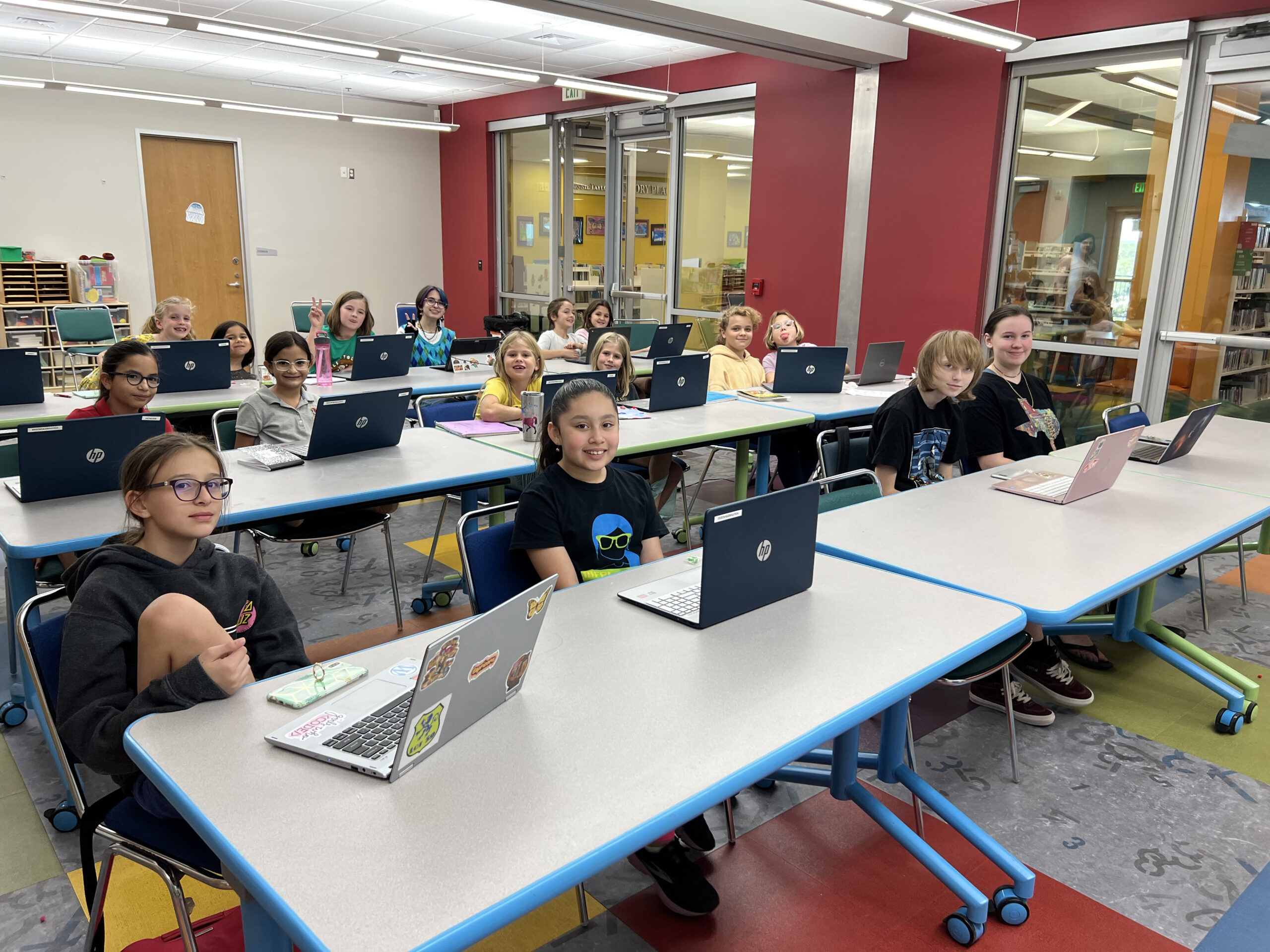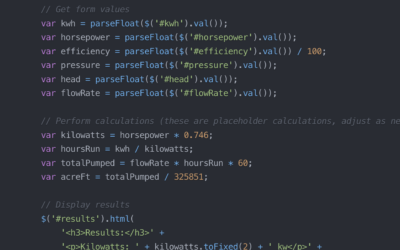One of the Deliverables
The Challenge
The Process
I started with Ethnographic Research when I visited and volunteered at several kids’ code camps to witness the fun, process, and outcomes. I noted what worked and what didn’t seem to align. I witnessed the celebration of little moments when the kids began to “get it.”
Next – I created the course curriculum, instructional videos, and a teacher’s deck to support educators. To ensure alignment with learning objectives and usability best practices, I employed participatory design principles, gathering feedback from both students and educators to refine the content.
As part of usability testing, I conducted three live workshops at a local community library and an elementary school’s Girls Who Code group with 8-20 kids per session. This hands-on research allowed me to iterate in real-time, testing the step-by-step curriculum and ensuring it effectively guided students through the game-building process while improving user interaction and engagement.
The Solution


Girls Who Code Workshop @ Mammen Family Public Library
Play the Game
- Click on the Green Flag (turn your speaker volume on)
- Using your arrow keys move Pico left or right. Up arrow causes Pico to jump.
- Using the furniture as landing pads – jump around the room until you reach the top left corner. That exit ramp leads to level two.
- On level two you’ll need to get to the top exit again but avoid Mr. Crab while you jump on furniture.
- If at any time you miss your jump and fall – beware The Floor is Lava and you’ll lose the game.
More Deliverables
Instructional Design – created curriculum with step-by-step instruction
Technical Writing – revised the process and editing of the curriculum
Technical Videos – created video tutorials following the curriculum (These videos are created for a persona of a young learner.)



